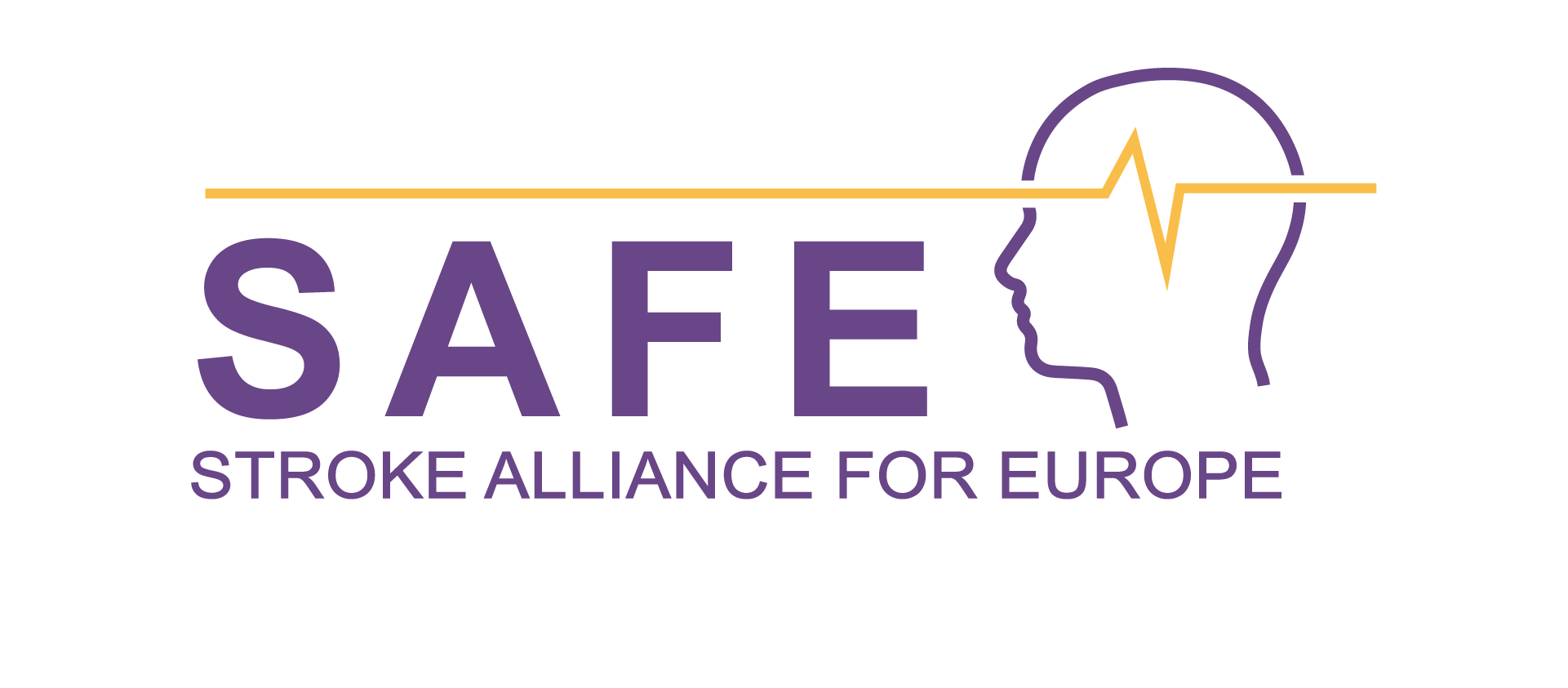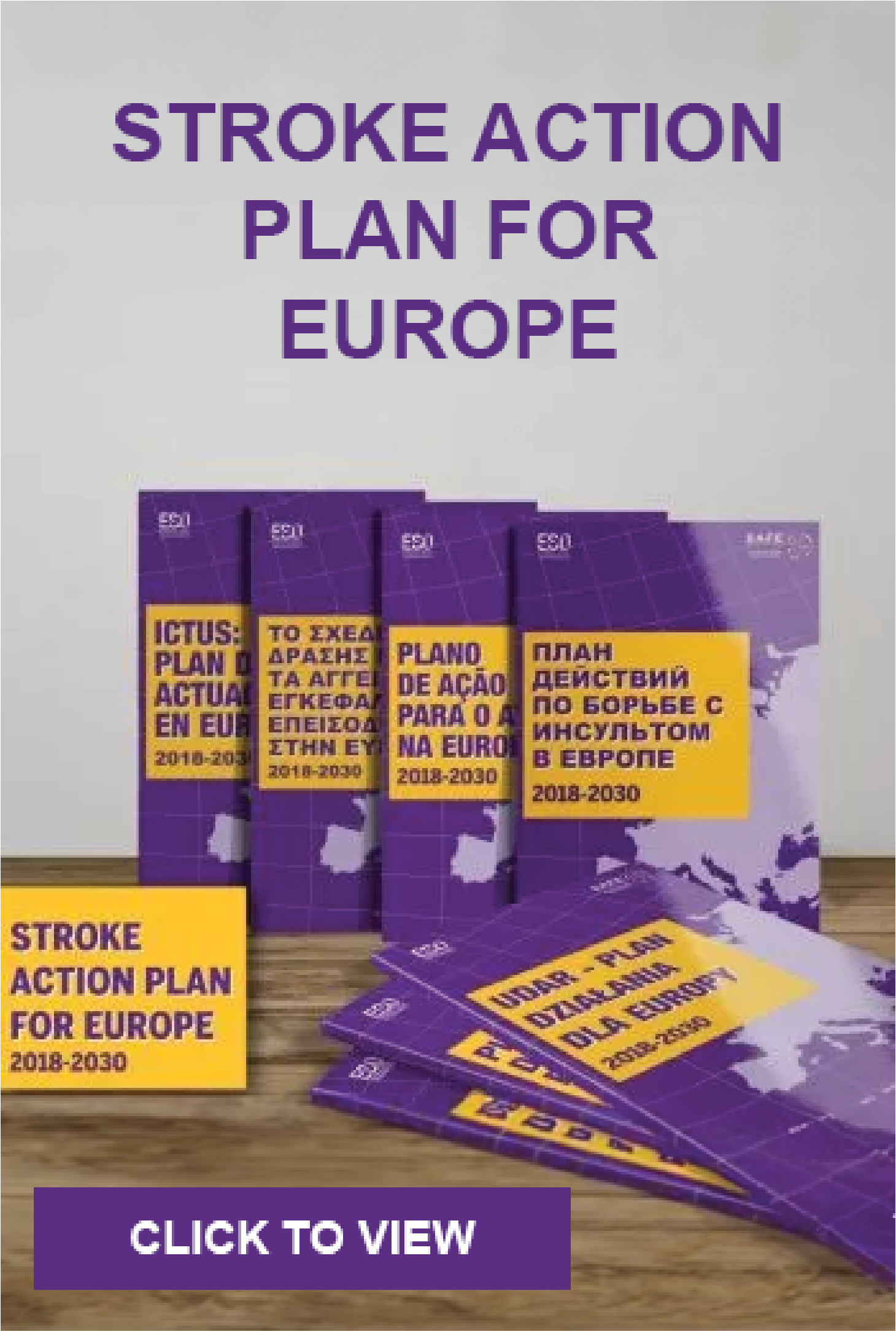Efficacy and safety of ThrombEctomy iN Stroke with extended leSION and extended time window: a randomized, controlled trial (TENSION)

Thrombectomy is a treatment for certain types of acute ischaemic stroke that use very small mechanical devices to drastically reduce the effects of an ongoing stroke. The devices are used to break and remove the clot from the blood vessel in the brain. This procedure is carried out by highly skilled neuro-radiologists and requires special hospital facilities.
Thrombectomy trials completed prior to TENSION included very limited groups of stroke patients. They showed that if used in stroke patients with small brain clot, thrombectomy significantly reduced the level of severe post-stroke disability or death by restoring blood flow and therefore limiting brain damage.
The TENSION project set out to examine the effects of mechanical clot retrieval in a wider group of patient types with larger brain infarct in whom the benefit of thrombectomy was uncertain.
TENSION wanted to determine if it was safe and effective to do thrombectomy in patients with so-called ‘extended infarcts’, that is, larger areas of damaged brain when compared to the previous studies. In addition, patients were able to enrol in the trial up to 12 hours after their symptoms first showed, further extending the treatment to another larger group of patients including, for instance, more of those who have a stroke during the night-time and are more likely to be delayed in getting to hospital. Finally, the study design ensured that the equipment used in the trial was reflected of that used in clinical practice so that trial results could be easily transferred into everyday practice.
The trial enrolled patients from eight European countries and was co-ordinated by Professor Dr Götz Thomalla of the Universitätsklinikum Hamburg-Eppendorf in Hamburg and Professor Dr Martin Bendszus of the Universitätsklinikum Heidelberg.
The trial results which were simultaneously unveiled at the World Stroke Congress and published in The Lancet in October last year, found that using thrombectomy can significantly help patients with severe strokes caused by blocked blood vessels in the brain. The study’s findings are likely to pave the way for broader consideration of this approach for a greater number of patients in the future.
Professor Thomalla said “TENSION has provided evidence for an effective therapeutic intervention for patients with severe stroke. This means we can get better individual patient outcomes and avoid stroke-related disability in a larger number of patients. At a societal level, new treatment guidelines based on our findings will help to reduce stroke-related costs”
Arlene Wilkie, Stroke Alliance for Europe said “We were delighted to hear about these results as they were presented at the WSO congress in Toronto. At last we have the evidence that this vital treatment can be safely used in a larger number of stroke patients than is currently used for. This will help reduce the risk of long-term disability that is often associated with stroke and will allow people to recover more quickly. We call for all European countries guidelines to be updated as soon as possible to reflect this new evidence so that more people will benefit from the treatment.”
For more information, please contact research@safestroke.eu and visit the TENSION website www.tension-study.eu
TENSION has received funding from the European Union’s Horizon 2020 research and innovation programme under grant agreement No 754640.




